In this, the spookiest of months, it seems only fitting that our artist is equally ghostly. In a time where you can enter Tesco’s in broad daylight yet leave in pitch dark, where the best nights are spent cosied up with a hot beverage and a horror film, we must turn our thoughts to artists who depict spooky occurrences.
However, we must not let our minds become completely overshadowed by thoughts of paranormal and the supernatural. This month is also Black History Month, and that should come as no second thought. In my article today we will be following black artist Virginia Chihota and her spooky subject matter, as she navigates motherhood and the black female experience through her art.
Born in Chitungwiza, Zimbabwe, Chihota is now based in Libya. Throughout her life she has experienced social, cultural and religious isolation that has proved a powerful influence on her works she has created. In 2015 Chihota’s exhibition entitled A Thorn In My Flesh premiered in London, bringing with it ghostly women and mothers in the media of screen-print and drawing. Her prints and drawings carry with them a haunting resonance to everyday life, filled with religious and folkloric symbolism.
Her works in this exhibition focus on child-rearing and the experience of motherhood. The ‘thorn’ in the title of her exhibition refers to the turmoil of life – to which there are both positives and negatives; neither can exist without the other. She explores the connection between herself as a woman, as a mother, and others, but also her connection with herself. The work is introspective, but also examines external relationships.

Chihota depicts the female figure, somewhat abstracted, yet obviously and strikingly human and woman. The enlarged right arm and hand that is common across the exhibition symbolises the effort and strength that goes into raising a child, while also combatting stereotypes of women as weak, dainty and fragile. Despite this, the rest of the figure looks almost skeletal.
Sometimes the figure is pale and sometimes she is bold, as if she is drifting in and out of our focus. Add to this the coloured surrounding veil, and you get a ghostly apparition. The bright red reminding us of the bold colour of blood, the greys and blacks reminding us of death and emptiness. This ‘veil’ is reminiscent of a shroud which, when coupled with the skeletal figure, creates a chilling image. However, it also represents the halo of The Virgin Mary, mother of Christ. This image becomes especially prominent when taking into account the flowers the figure holds. Indeed the similarities between the artist’s own name and the Virgin Mary inspire religious exploration. Alternatively, the bubble that the figure is surrounded in could represent some sort of womb – the woman is simultaneously a grown adult with children of her own and also still a foetus, comforted and surrounded by another’s body.

We see another abstracted female figure. This time their outstretched arms bear smaller figures, presumably children. The faces within this piece are nightmarish, distorted and blurred like some sort of monster in a Hallowe’en film. Through this Chihota gives us an alternative depiction of raising children, unromantic and horrifying, as motherhood sometimes is. The small white spot in the lower belly of the figure can be either an absence or a presence depending on interpretation: the permanent mark of pregnancy or the absence of sexuality that so many women experience after childbirth. Despite the horror seen in the process of raising children (the piece is called Raising One’s Own) the figure’s arms hold the children high, at an equal height with her own head, in a pose reminiscent of someone opening themselves up to God.
Through these abstracted and disturbing figures that shimmer in and out before our eyes, teetering on the precipice of birth and death, childhood and motherhood, Chihota brings us a unique perspective of her own experience as a black woman, a wife and a mother. Heavily influenced by her relationships to others and also to herself, Chihota encourages us to look within ourselves, at our relationships and experiences. This Hallowe’en I encourage you to do the same. Find the skeletal, monstrous figure within yourself, capture it and do not let it drift out of sight again. At least for a little while. Perhaps you will find yourself haunted by your own apparition.

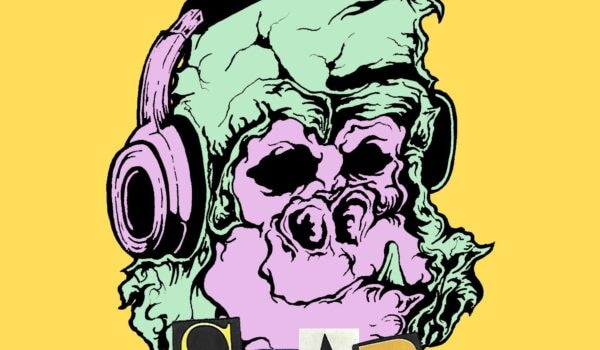

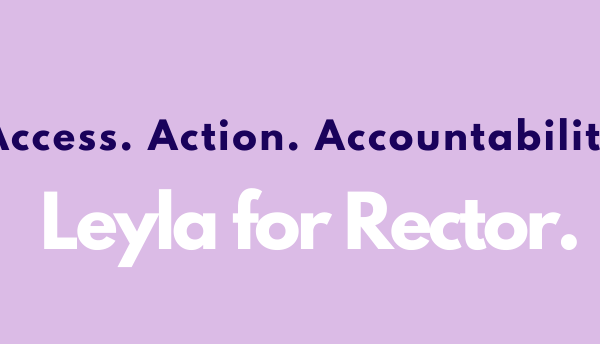
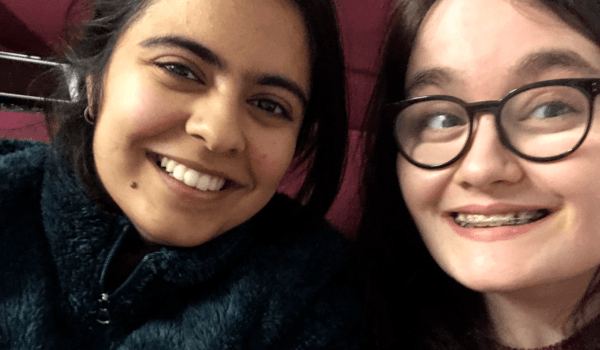
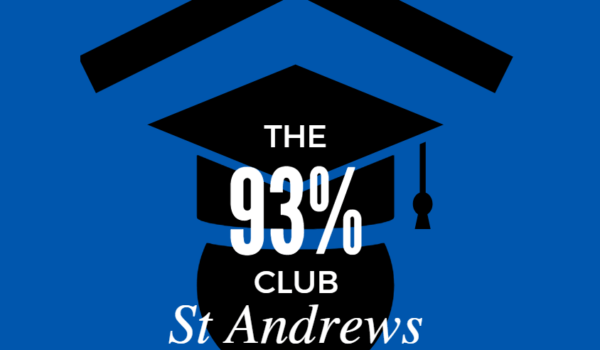
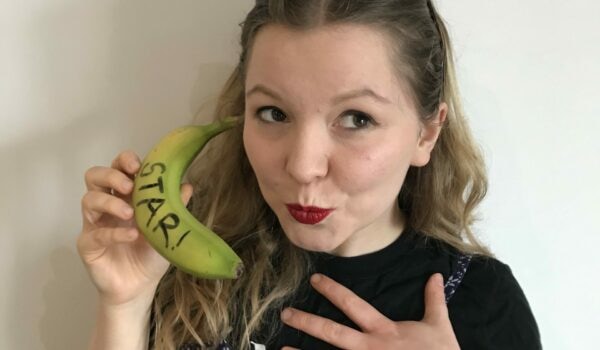
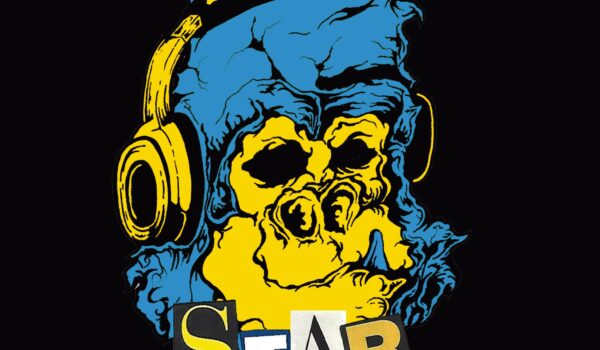
Comments